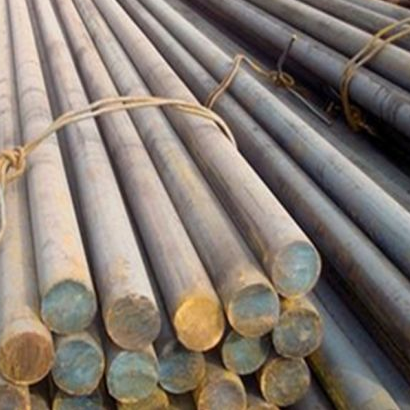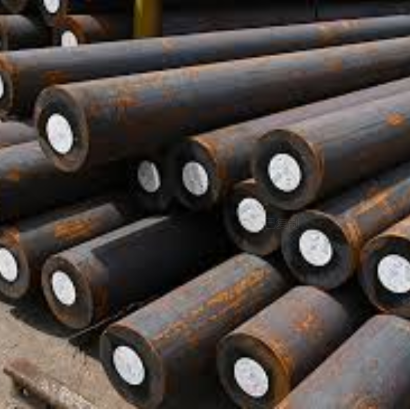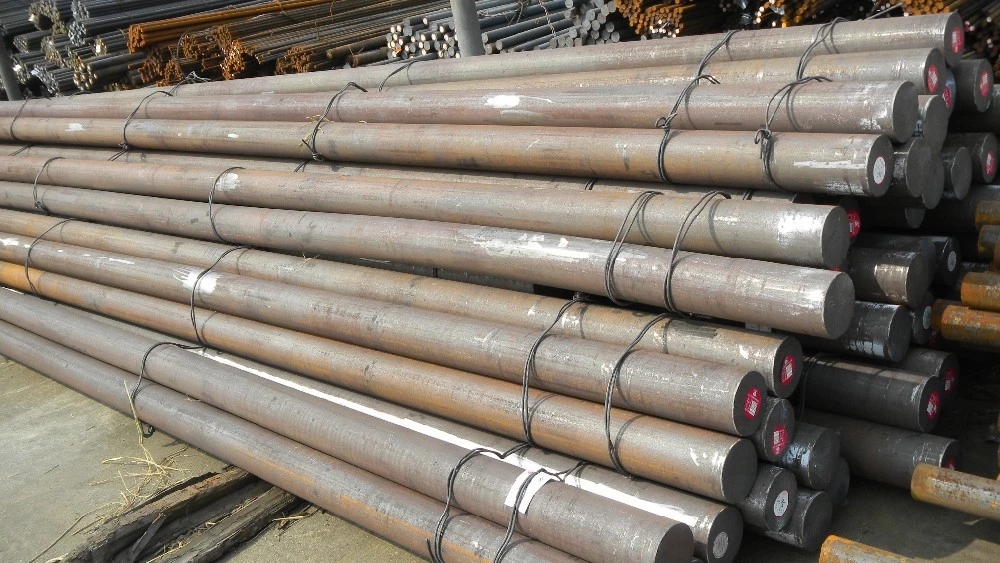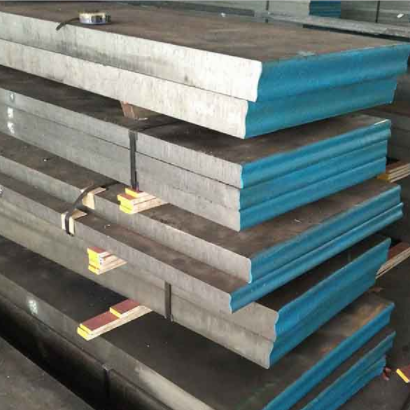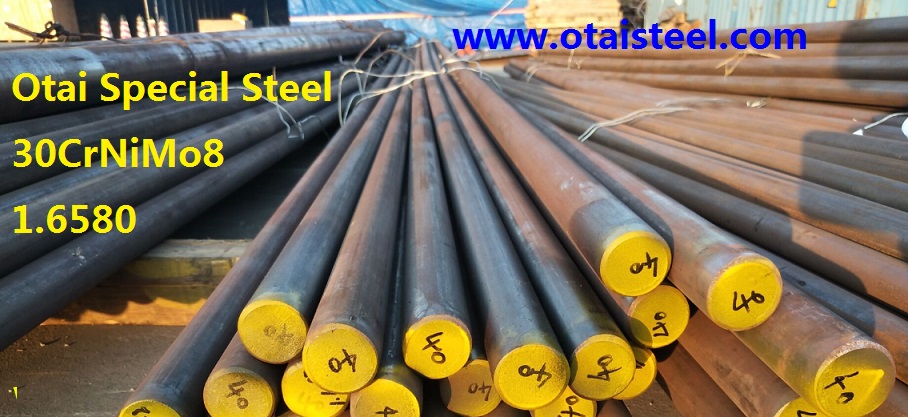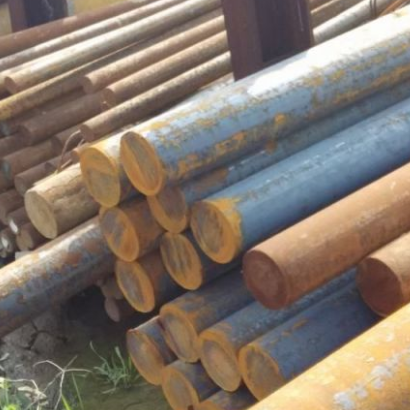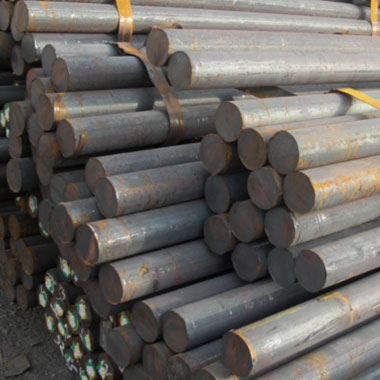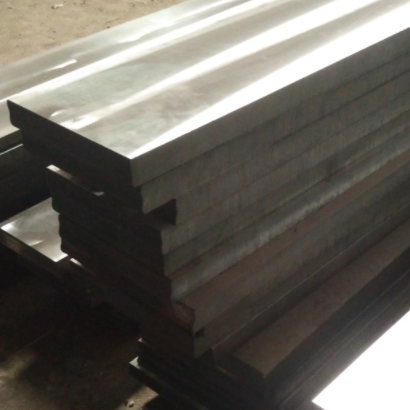Understanding 4340 Steel
Composition and Properties
4340 steel is a medium-carbon, low-alloy steel that belongs to the nickel-chromium-molybdenum alloy steel family. Its chemical composition consists of approximately 0.38-0.43% carbon, 0.60-0.80% manganese, 0.70-0.90% chromium, 1.65-2.00% nickel, 0.20-0.30% silicon, 0.25% phosphorus, 0.035% sulfur, and 0.15-0.25% molybdenum. This combination of elements contributes to its exceptional strength, toughness, and hardenability.
Exploring 40Cr Steel
Composition and Properties
40Cr steel is a chromium-molybdenum alloy steel with moderate carbon content. It contains approximately 0.37-0.44% carbon, 0.50-0.80% manganese, 0.80-1.10% chromium, 0.15-0.25% molybdenum, and small amounts of phosphorus, sulfur, and silicon. This alloying composition provides good strength and wear resistance while maintaining a lower cost compared to higher-grade steels.
Comparative Analysis
Strength and Toughness Comparison
4340 steel exhibits superior strength and toughness compared to 40Cr steel. The higher nickel and molybdenum content in 4340 steel contribute to its excellent toughness, making it suitable for applications subjected to high stress and impact loads.
Hardness and Wear Resistance Comparison
While both steels offer good hardness, 4340 steel demonstrates slightly higher hardness due to its alloying elements. Consequently, it provides better wear resistance, making it favorable for applications exposed to abrasive conditions.
Machinability and Weldability Comparison
40Cr steel generally has better machinability compared to 4340 steel. The lower alloy content and simpler composition of 40Cr steel make it easier to machine. However, 4340 steel can still be machined with appropriate tooling and cutting parameters. In terms of weldability, both steels can be welded using common welding techniques, but special considerations are required to avoid cracking in 4340 steel.
Real-World Applications
4340 Steel Applications
4340 steel is widely used in various industries, including aerospace, automotive, and oil and gas. It is commonly employed in manufacturing aircraft parts, transmission gears, crankshafts, and high-strength machine components.
40Cr Steel Applications
40Cr steel finds applications in the automotive industry, particularly in the production of axle shafts, crankshafts, and gears. It is also utilized in general machinery components where moderate strength and wear resistance are required.
Factors Influencing Material Selection
When deciding between 4340 steel and 40Cr steel, several factors should be considered:
Specific Application Requirements
Consider the specific mechanical and performance requirements of the application. If high strength, toughness, and wear resistance are paramount, 4340 steel may be the better choice. On the other hand, if cost considerations are more critical, 40Cr steel might be a suitable alternative.
6.2 Cost Considerations
4340 steel, with its higher alloy content, is generally more expensive than 40Cr steel. Weigh the benefits of improved mechanical properties against the cost difference to determine the most cost-effective option for the project.
